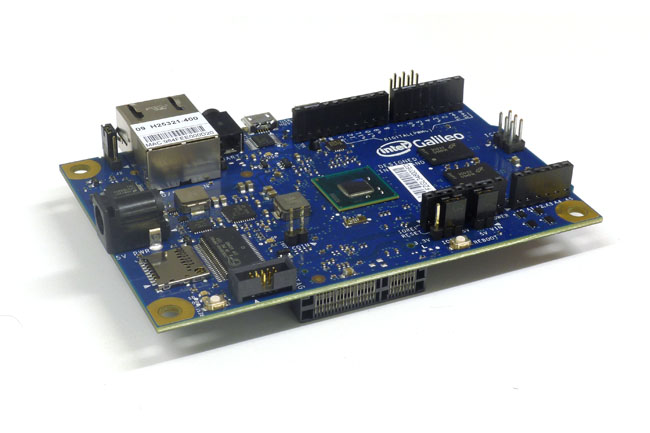Hi
folks,
We wish
you all a Merry Christmas! Enjoy the time with you loved ones!
My wife
and I will spend the holydays in Tübingen/Germany with my parents and
sister, as well as visiting the in-laws in
Nürnberg/Germany.
Have fun!
 |
| ST7735 connection to the Intel Galileo Gen1 |
tft.initR(INITR_BLACKTAB);
 |
| Intel Galileo Gen1 with ST7735 module |
 |
| Intel Galileo Gen1 and DS1307 module wiring |
Wire.begin();
// Set a default time rtc.adjust(DateTime(2014, 8, 22, 12, 00, 59));
// Get time from the RTC dt = rtc.now(); sprintf_s(outputBuffer, "%d:%02d:%02d\n", dt.hour(), dt.minute(), dt.second()); OutputDebugStringA(outputBuffer);
 |
| Intel Galileo Gen1 with DS1307 module |
 Microsoft launched for some privileged contact, the access to their IoT platform and Operating System, based on the Intel Galileo Gen1 hardware. This hardware platform have the exact same pin-out of the famous DYI oriented platform the Arduino.
Microsoft launched for some privileged contact, the access to their IoT platform and Operating System, based on the Intel Galileo Gen1 hardware. This hardware platform have the exact same pin-out of the famous DYI oriented platform the Arduino.fatal error ! Microsoft.NET Framework v4.x must be installed on your machine